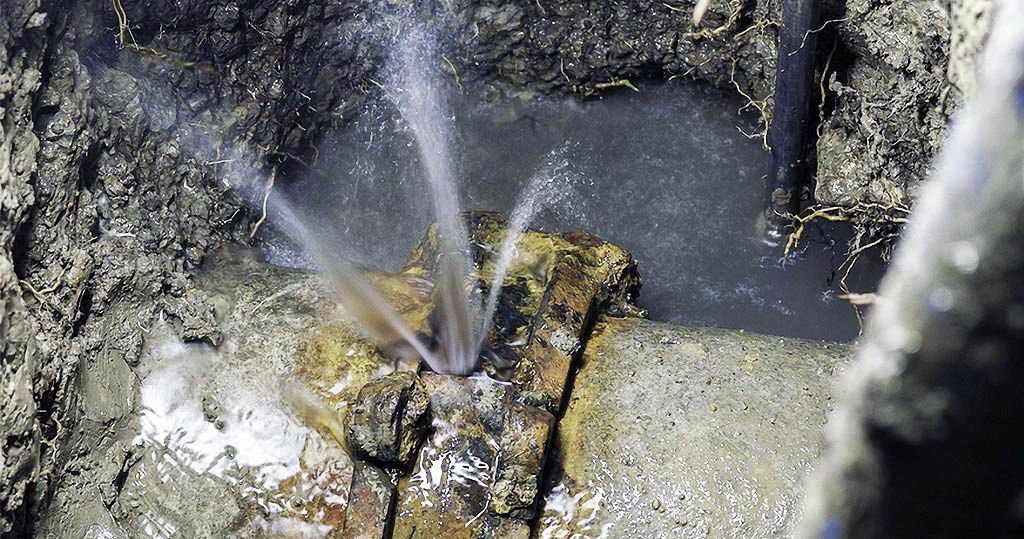
Asset Management Programs
Asset Management Programs use asset inventories, life-cycle cost analyses, risk assessments, and financial planning to set priorities and help meet level of service goals in a cost-effective manner. An effective program can help Vermont's public drinking water systems meet the challenges they face.
An Asset Management Program can help you:
- Increase knowledge about your assets;
- Respond to emergencies;
- Prolong asset life;
- Document the knowledge of staff about to retire;
- Operate more efficiently;
- Comply with new and more stringent regulatory requirements;
- Overcome resistance to rate increases;
- Manage, repair, and replace aging and inadequate infrastructure;
- Recruit and retain qualified staff;
- Improve customer service;
- Plan and pay for future repairs and replacements;
- Achieve financial viability; and
- Set priorities and justify system needs.
Components of an Asset Management Program:
- Level of Service Goals and Performance Measures
- What level of service do your customers and elected officials want?
- What do the regulations require?
- What are the physical capabilities of your system?
- How do you measure your performance?
- Asset Inventory and Condition Assessment
- What assets do you own?
- Where are they?
- What condition are they in?
- What is their remaining useful life?
- How much will it cost to replace them?
- Map of Assets
- How do system staff locate buried assets?
- How do system staff access the map(s)?
- How are the map(s) kept current?
- Life Cycle Cost Analysis
- How do you track expenditures on existing assets?
- Do you analyze life cycle costs to help create budgets; evaluate alternatives when purchasing new assets; and decide when it is best to maintain, repair, rehabilitate, or replace an asset?
- Risk Assessment to Identify Priority Assets
- What are the social, economic, and environmental consequences if an asset fails?
- What is the probability of failure?
- Which assets are the highest priorities based on the consequences and probabilities of failure?
- Risk and Life Cycle Cost Reduction Measures
- Have you reviewed and updated the utility’s policies and ordinances in the past three years?
- Do you conduct proactive operation and maintenance activities, or tend to be more reactive?
- Have you developed repair, rehabilitation, and replacement schedules based on a risk assessment?
- Funding Strategies
- Do you have a five-year budget that accounts for the full costs of providing services?
- Is your rate and fee structure adequate to cover costs, including emergency reserves and short-term asset replacement?
- How will you finance Capital Improvement Projects to address current and future needs?
Contact us if you would like assistance developing an Asset Management Program. We are available to meet with your system to present the basics of Asset Management (including evening meetings with your system's board). An Asset Management Program is also applicable to other municipal assets, such as wastewater and stormwater infrastructure.
Training Opportunities:
The Drinking Water and Groundwater Protection Division (the Division) offers Asset Management Workshops yearly. Contact staff for more information.
Asset Management Planning Loans:
The Capacity Development and DWSRF Programs are offering Asset Management Planning Loans to CWS to develop a full asset management plan. A municipality may receive up to $50,000 in planning loan forgiveness to develop and implement a DEC-approved asset management plan that meets the guidelines in Guidance 26.
All water systems can benefit from developing an Asset Management Plan but the plan is not an endpoint. To get all of the benefits from Asset Management, everyone from the system (elected officials, managers, operators, and administrative staff) must use Asset Management tools and practices on a daily basis.
